Trayectos personales y profesionales compartidos: un acercamiento a la auto etnografía performativa
Resumen
La investigación cualitativa con su constante diversificación y crecimiento ofrece diferentes posibilidades de (auto)reflexión sobre relatos o historias de vida en las aulas universitarias.
En esta diversificación y expansión, a los métodos autobiográficos se han sumado las artes visuales y la poesía como vehículos creativos y transformadores de ser y conocer para construir conocimiento en las ciencias sociales. Estos enfoques emergentes de indagación basados en las artes permiten compartir estos relatos de vida que apelan a las emociones y despiertan empatía en los lectores. El presente trabajo se aproxima a una auto etnografía performativa, enmarcada en la indagación poética, al explorar los relatos de vida de las autoras, profesoras de inglés en la universidad. A través de un caligrama, ellas expresan sus relatos de experiencia en las trayectorias personales y profesionales que han compartido, como colegas y amigas, desde que se conocieron ingresando a la universidad hasta sus actuales estudios de posgrado como doctorandas en educación. En educación, la autoetnografía performativa le da vida a la investigación, haciendo accesible la construcción de conocimiento para llegar a comprensiones profundas dentro del campo y ayudando a visibilizar la importancia de la experiencia vital de los docentes que buscan crecer para mejorar sus prácticas.
Palabras clave
Texto completo:
PDFReferencias
Allen, P. (1995). Art is a way of knowing. Boston: Shambhala Press.
Barone, T. (1995). The purposes of arts-based educational research. International journal of Educational research. 23(2), 169-180.
Bertaux, D. ( 1981) La perspectiva biográfica: validez metodológica y potencialidades. Cahiers Interantionaux de Sociologie, ( LXIX). Paris: Presses Universitaires de France.
Bolivar Boitia, A. (2002) “¿De Nobis ipsis silemus?”: Epistemología de la investigación biográfico-narrativa en educación. Revista Electrónica de Investigación Educativa. (4 )1, 40-65.
Brindley, D. J. (1980). Breaking the Poetry Barrier: Towards Understanding and Enjoying Poetry. Trabajo presentado en el Annual Meeting of the International Conference on the Teaching of English. Sydney, Australia, 1980. Recuperado de: https://eric.ed.gov/?id=ED198542
Bruner, E. M. (Ed.). (1984). Text, play, and story: The construction and reconstruction of self and society. Washington, DC: The American Ethnological Society.
Caporossi, A. (2009) La narrativa como dispositivo para la construcción del conocimiento profesional de las prácticas docentes. En L. Sanjurjo, (coord.), Los dispositivos para la formación en las prácticas profesionales. Rosario: Homo Sapiens Ediciones.
Clandinin, D. J., & Rosiek, J. (2007). Mapping a landscape of narrative inquiry: Borderland spaces and tensions. En D. J. Clandinin, Handbook of narrative inquiry: Mapping a methodology. (pp.35-75). Thousand Oaks: Sage.
Connelly, F.M. & Clandinin, D.J. (1990). Stories of experience and narrative inquiry. Educational researcher, 19(5), 2-14.
Connelly, F.M. & Clandinin, D.J. (1994). Telling teaching stories. Teacher Education Quarterly, 21(1), 145-158.
Denzin, N. K. (1995). The experiential text and the limits of visual understanding. Educational Theory, 45(1), 14-26.
Denzin, N.K. (2003) Performing (Auto)etnography politically. Review of Education, Pedagogy, and Cultural Studies, 25(3), 257-278
Denzin, N.K. (2013) Auto etnografía analítica o nuevo déjà vu. Astrolabio, (11), 207-220
Denzin, N.K. (2017) Auto etnografía interpretativa. Investigación Cualitativa, 2(1), 81-90.
Eisner, E. W. (1994). What artistically crafted research can help us to understand about schools. Educational Theory, 45(1), 1-13.
Eisner, E. W. (1997). The promise and perils of alternative forms of data representation. Educational Researcher, 26(6), 4-41.
Ellis, C. (2004). The ethnographic I. A methodological novel about auto ethnography. Walnut Creek, CA: Altamira Press
Finch, A. E. (1998). Perception of memory. Disponible en: http://www.finchpark.com/aef/poems/06.htm
Finch, A. E. (2000). Using poems to teach English. English Language Teaching. 15(2), 29 – 45.
Finley, S. (2005). Arts-based inquiry: Performing revolutionary pedagogy. En N. K. Denzin & Y. Lincoln (Eds.), Sage Handbook of Qualitative Research (pp.681-694). Thousand Oaks: Sage
Finley, S. (2016). Arts-Based Research. In J. Knowles & A. Cole (Eds.), Handbook of the Arts in Qualitative Research: Perspectives, Methodologies, Examples, and Issues. (pp.71-81). US: Humanities Research.
Gee, L. (2017). How to write a picture poem. Disponible en https://penandthepad.com/write-picture-poem-4866267.html
González Monteagudo, J. (2007) Las historias de vida en educación: avances en los últimos 25 años y panorama actual. En T. Telleschi & E. A. Sandoval (Coords.), Espacio y tiempo en la Globalización. Sinaloa: Universidad de Pisa, Italy / CEAIPES.
Hadfield, C. & Hadfield, J. (1997). Writing Games. Harlow: Addison Wesley Longman Ltd.
Hanauer, D.I. (2010) Poetry as research. Amsterdam: John Benjamin Publishing company.
Harnad, S. (1991). Back to the oral tradition: Through skywriting at the speed of thought. Iniversite du Quebec a Montreal.
Disponible en:
https://www.researchgate.net/publication/37536208_Back_to_the_Oral_Tradition_Through_Skywriting_at_the_Speed_of_Thought
Huberman, M. (1998) Trabajando con narrativas biográficas. En H. McEwan & K. Egan, (Coords.), La narrativa en la enseñanza, el aprendizaje y la investigación. Bs. As.: Amorrortu.
Prendergast, M. (2009). Introduction: The phenomena of poetry in research: “Poem is what?” Poetic inquiry in qualitative social science research. En M. Prendergast, C. Leggo, & P. Sameshima (Eds.), Poetic inquiry. Vibrant voices in the social sciences (pp. xix-xlii). Rotterdam/Boston: Sense Publishers.
Prosser, J. (1998). The status of image-based research. En J. Prosser (Ed.), Image-based research: A sourcebook for qualitative research (pp. 97-112). London: Falmer Press.
Weber, S. (2008). Visual Images in Research. In J. Knowles & A. Cole (Eds.), Handbook of the Arts in Qualitative Research: Perspectives, Methodologies, Examples, and Issues. (pp. 41-53). US: Humanities Research.
Wyatt, M. 2016. Expressing research experience through pattern poetry. English Language Teacher Education and Development (ELTED) Journal, 20. 51‒59.
Enlaces refback
- No hay ningún enlace refback.
Copyright (c) 2022 Claudia Patricia Cosentino, Marcela Eva Lopez

Este obra está bajo una licencia de Creative Commons Reconocimiento-NoComercial-CompartirIgual 4.0 Internacional.
|
Facultad de Humanidades - Universidad Nacional de Mar del Plata. Correo electrónico: revista.entramados@gmail.com Web: http://fh.mdp.edu.ar/revistas/index.php/entramados Instagram: @revista.entramados ISSN 2422-6459 (Versión en línea) |
La Dirección no se responsabiliza por las opiniones vertidas en los artículos firmados. | |
| Indizada en: | |
 | Dialnet http://dialnet.unirioja.es/servlet/revista?codigo=23345 |
 | Google académico Link |
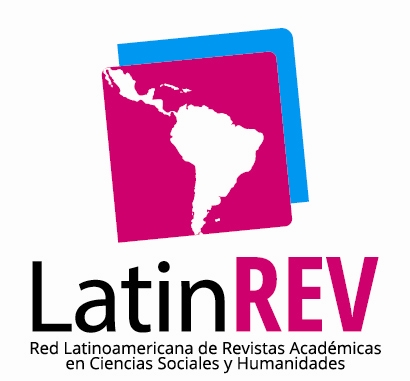 | LatinRev http://flacso.org.ar/latinrev/revistas-adheridas/ |
 | MIAR http://miar.ub.edu/issn/2422-6459 |
 | Journals for Free http://www.journals4free.com/link.jsp?l=47274887 |
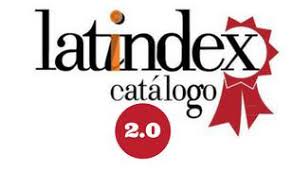 | Latindex http://www.latindex.unam.mx/latindex/ficha?folio=24584 |
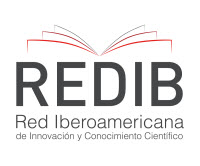 | RedIb https://www.redib.org/recursos/Record/oai_revista4640-revista-entramados-educaci%C3%B3n-sociedad |
 | LATINOAMERICANA. Asociación de revistas académicas de humanidades y ciencias sociales http://latinoamericanarevistas.org/?p=2476 |
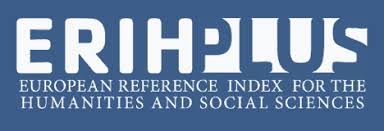 | ERIH PLUS https://kanalregister.hkdir.no/publiseringskanaler/erihplus/periodical/info.action?id=498944 |
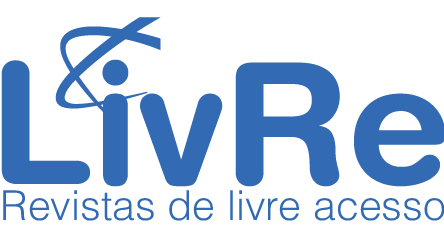 | LivRe. Revistas de livre acceso http://www.cnen.gov.br/centro-de-informacoes-nucleares/livre |
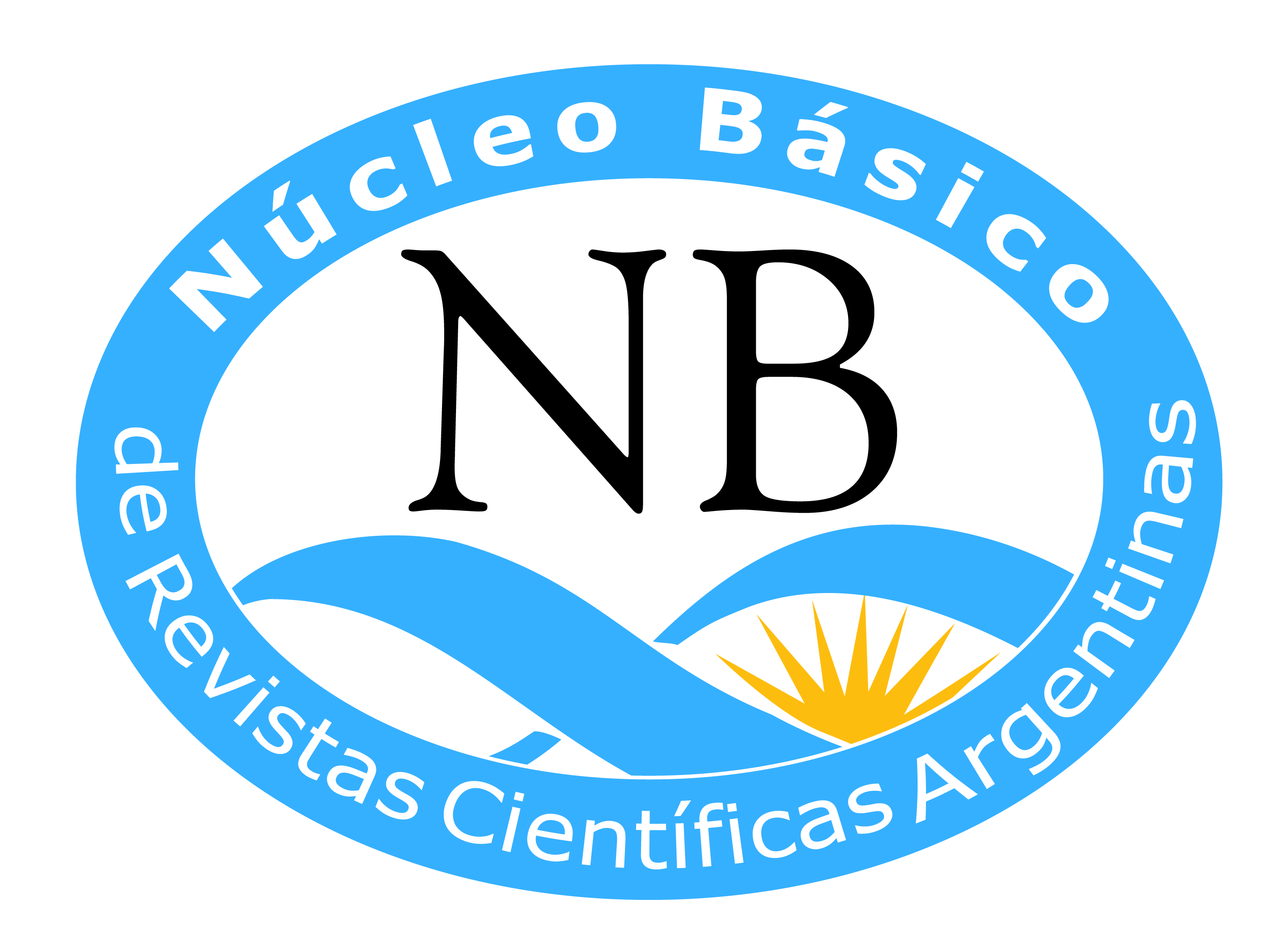 | Núcleo Básico de Revistas Científicas Argentinas http://www.caicyt-conicet.gov.ar/sitio/comunicacion-cientifica/nucleo-basico/revistas-integrantes/ |
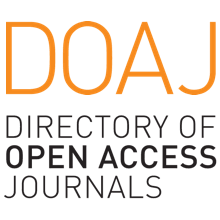 | DOAJ (Directory of Open Access Journals) Link |
 | Malena Link |
 | CIRC (Clasificación Integrada de Revistas Científicas) Link |
| Adherida a: | |
 | |
| Esta revista utiliza el Identificador persistente: | |
.png) | |


/Downloads/Entramados%20Número%2017%20%20Enero-Junio%202025%20(1)-1_page-0001.jpg)
-1_page-0001.jpg)